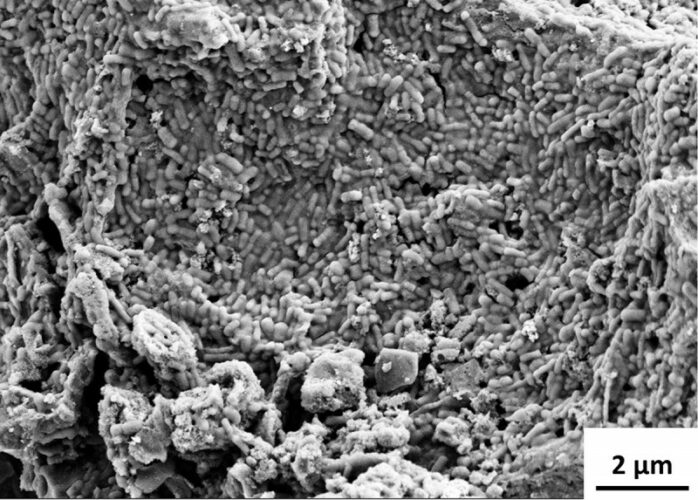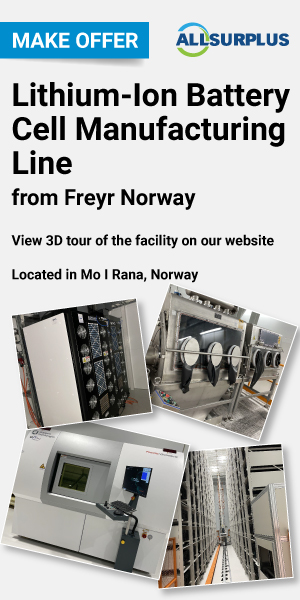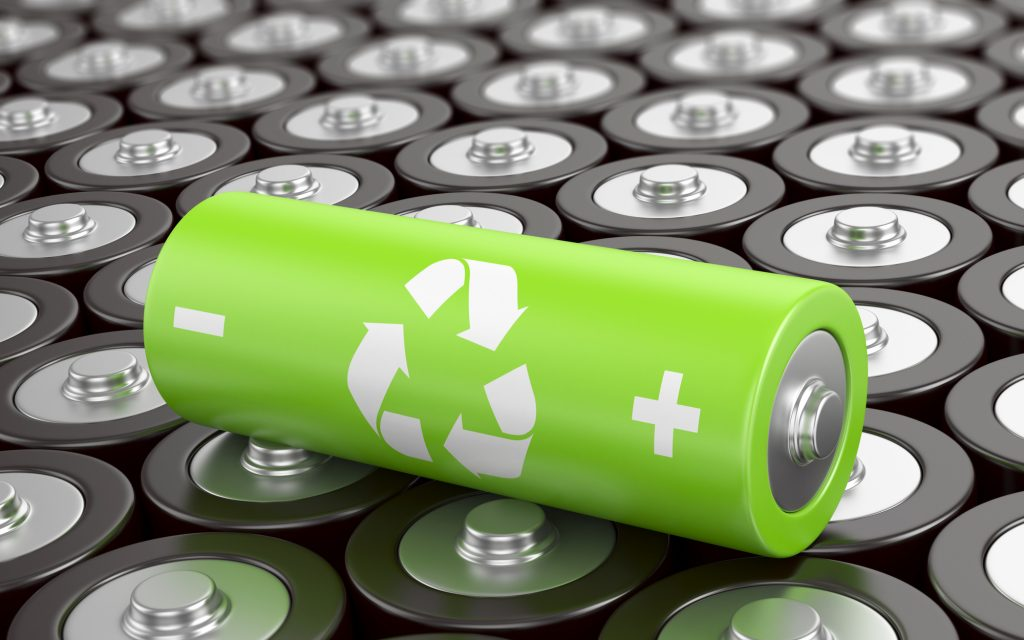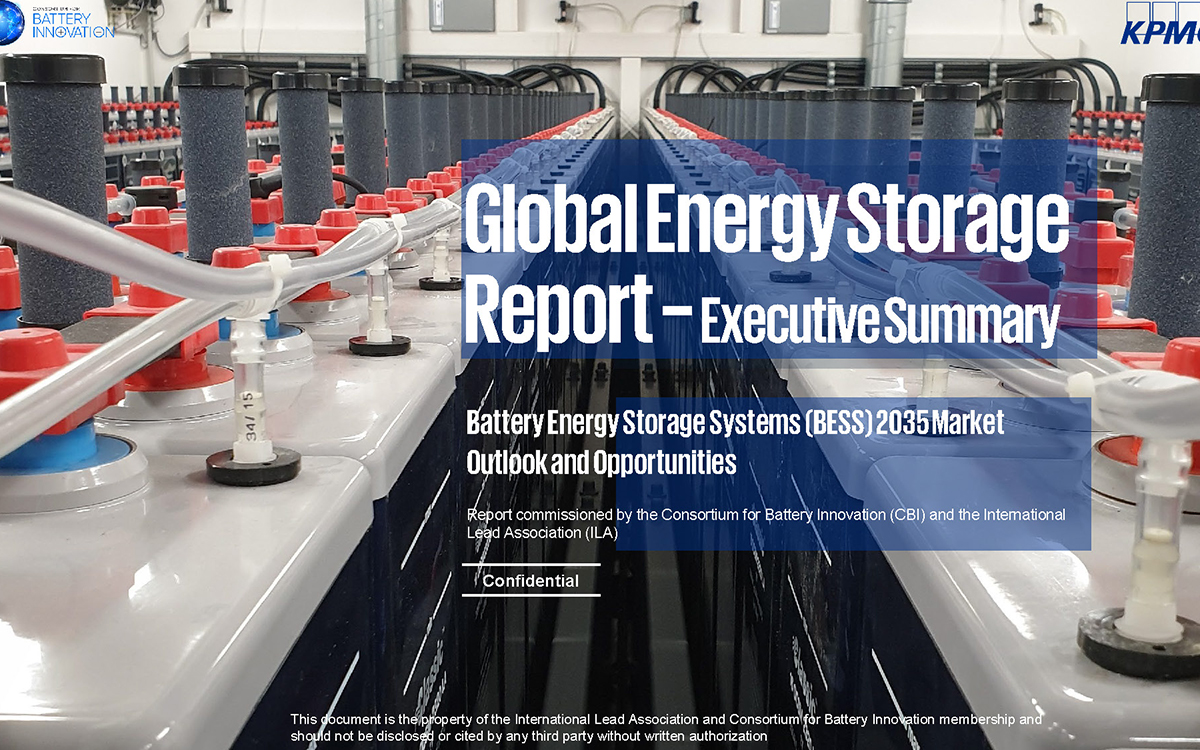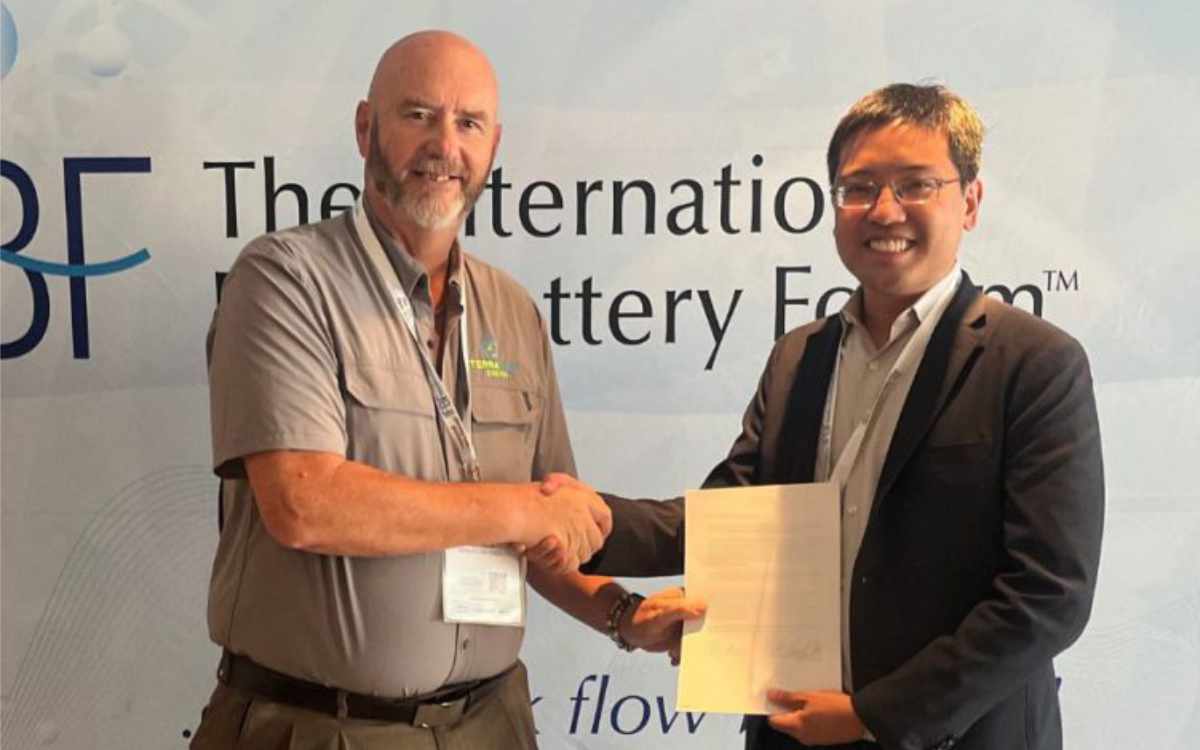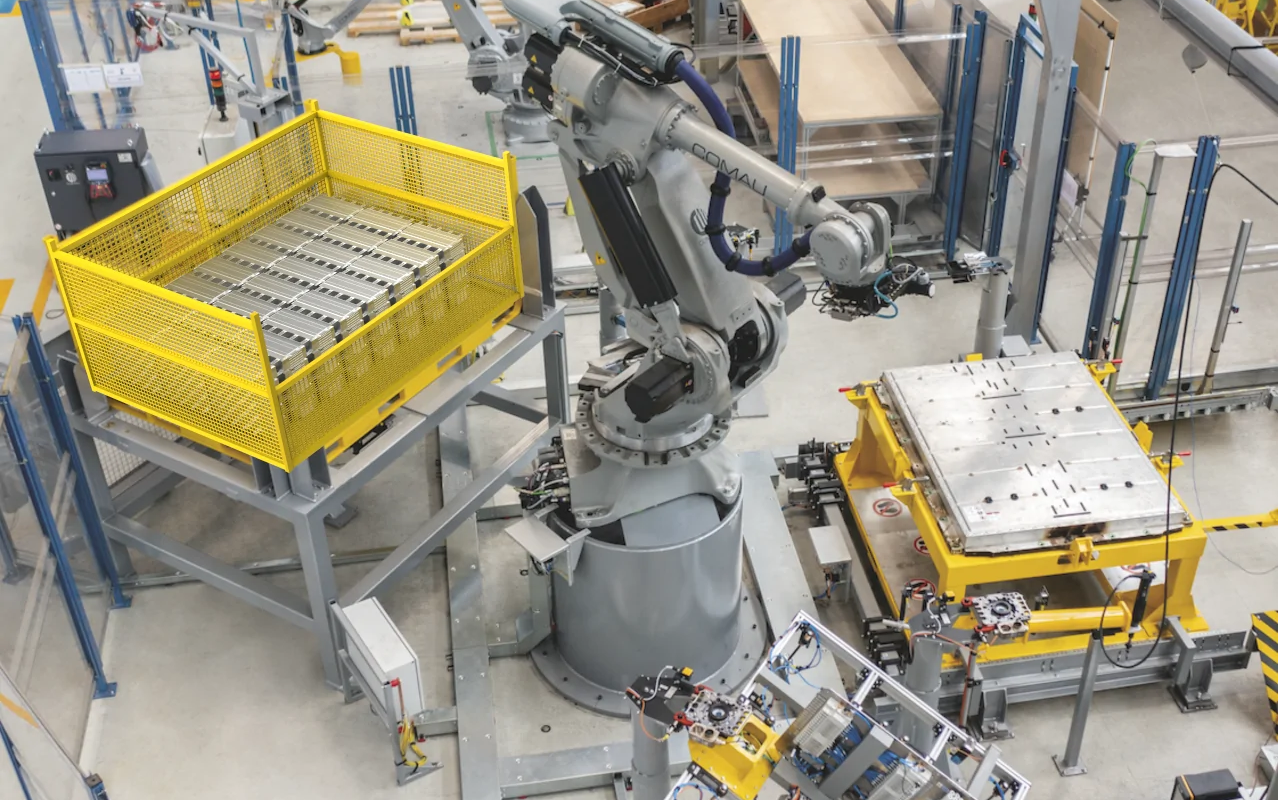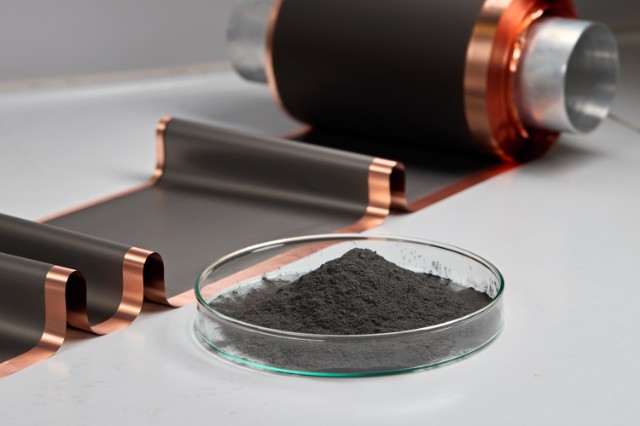The pursuit of sustainable and biodegradable technology has taken a major leap forward with probiotic-powered paper batteries. Researchers at Binghamton University have unlocked a way to generate electricity using safe, biocompatible bacteria, paving the way for eco-friendly, dissolvable power sources.
Professor Seokheun ‘Sean; Choi at Binghamton University in New York has researched disposable ‘papertronics’ over the past 20 years. The hardest part in making so-called transient electronics is the battery. His team has now explored probiotic friendly bacteria to generate electricity.
With engineered paper-based batteries that dissolve in acidic environments, this breakthrough could revolutionise safe, disposable tech for medical and environmental use. “You don’t want to have toxic residues inside your body. For transient or bioresorbable electronics, the key challenge is the power source – but most power sources include toxic material,” Professor Choi said.
Maedeh Mohammadifar, a graduate of Choi’s lab, developed the original dissolvable microbial fuel cell. “We used well-known electricity-producing bacterias within biosafety level 1, so it is safe – but we were not sure what would happen if these bacteria were released into nature,” Choi said.
Current PhD student, Maryam Rezaie, led the latest research using a pre-made blend of 15 probiotics. “It’s well documented that probiotics are safe and biocompatible, but we were not sure about their electricity-producing capability,” Choi said.
While early results proved unpromising the team didn’t give up. They engineered in an electrode surface that might be preferable to the bacteria, using polymer and nanoparticles to hypothetically improve the electrocatalytic behaviour of probiotics and give them a boost.
The modified electrode was porous and rough, which offered excellent conditions for bacteria to attach and grow, and that improved the microorganisms’ electrogenic capability. Coating the dissolvable paper with a low pH-sensitive polymer – meaning that it will work only in an acidic environment like a polluted area or the human digestive system – increased the voltage output and the battery duration.
The next stage is to find out which bacteria possess the extra electric gene and to create serial units of biobatteries.
Image: A porous and rough electrode offered excellent conditions for bacteria, and that improved the microorganisms’ electrogenic capability. Credit: Bingham University

